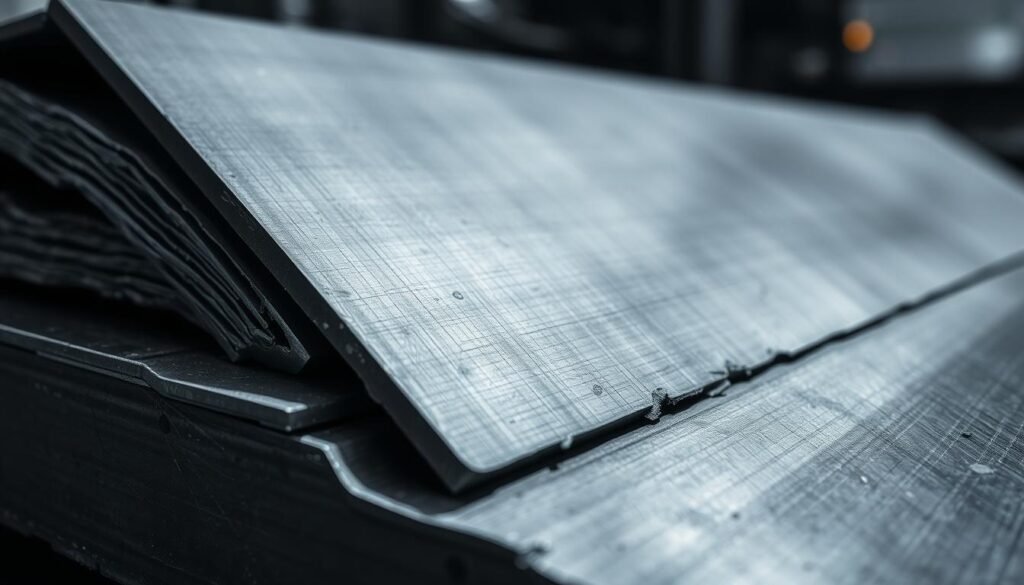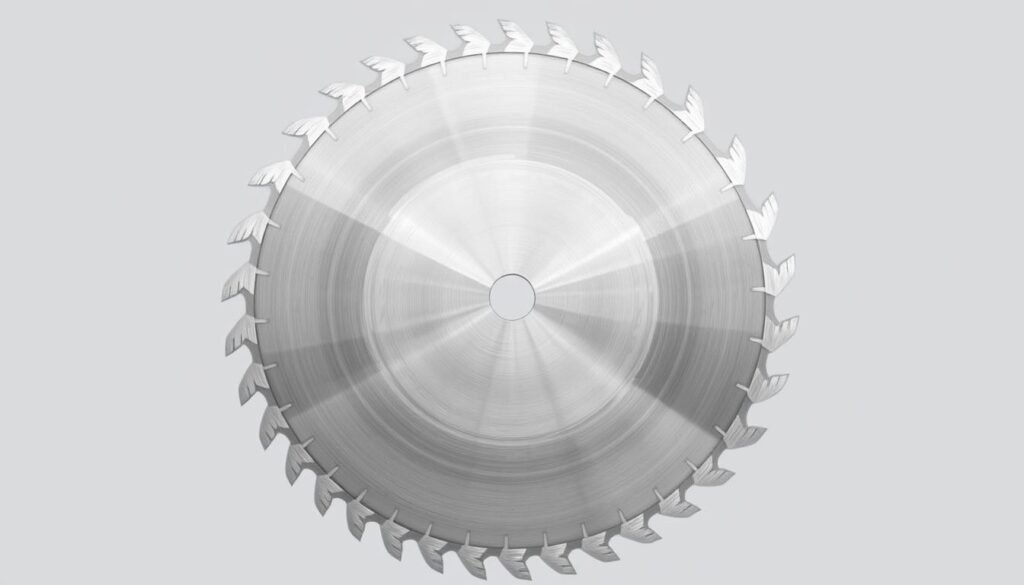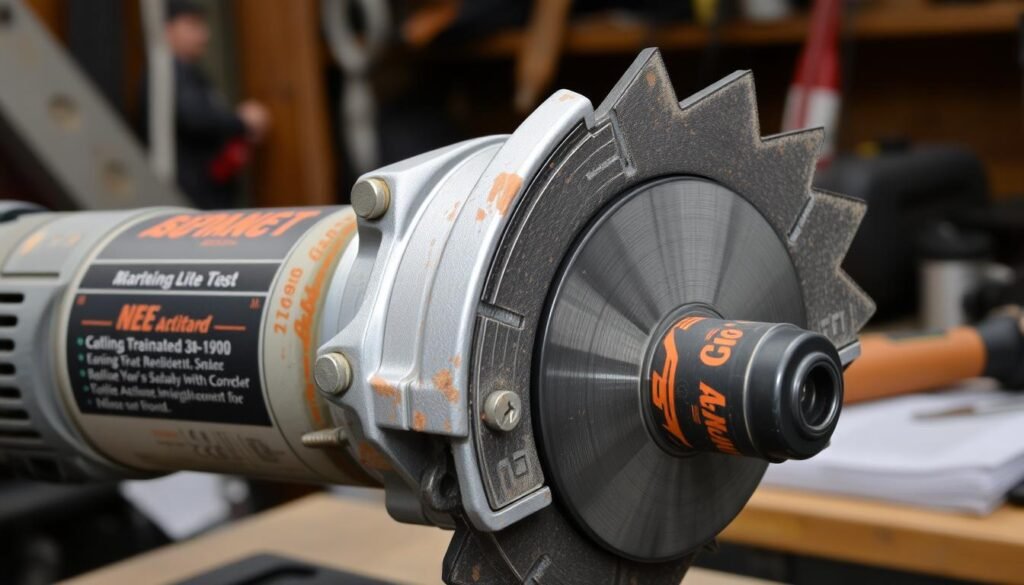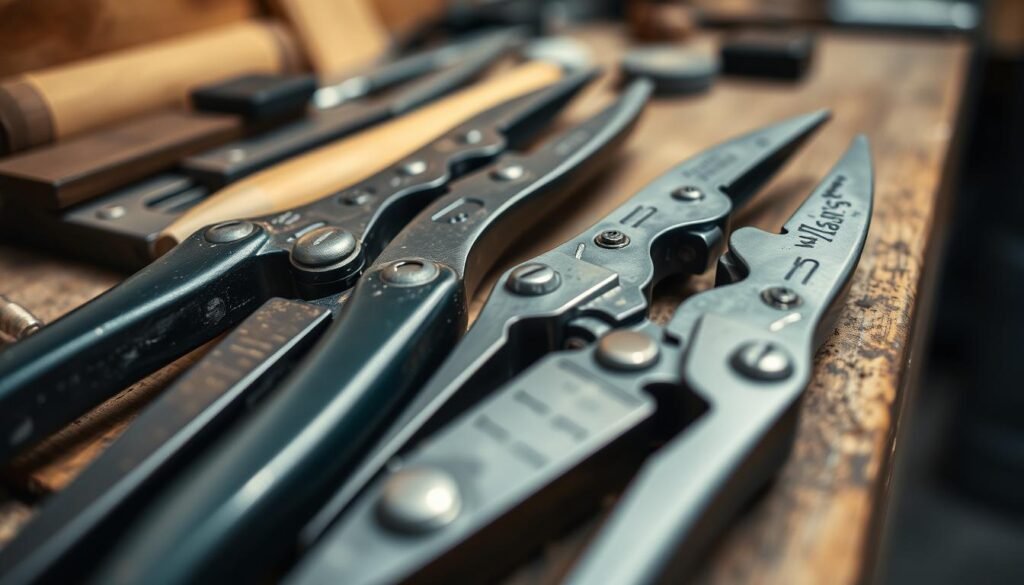Stainless steel is a highly sought-after material due to its exceptional durability, corrosion resistance, and aesthetic appeal. However, working with it requires a thorough understanding of its unique properties and the right techniques to achieve clean cuts.
Cutting metal, particularly stainless steel, demands specific tools and approaches to ensure professional results. Various methods can be employed, ranging from power tools like circular saws to manual options such as aviation snips.
Understanding the different cutting applications and safety considerations is crucial. Sharp edges and potential heat buildup during cutting operations necessitate careful handling and proper preparation to achieve precise dimensions and clean edges.
Understanding Stainless Steel and Cutting Challenges
Stainless steel, with its remarkable durability and resistance to corrosion, demands specialized knowledge for successful cutting. This alloy is widely used in various industries due to its unique properties.
Properties of Stainless Steel That Affect Cutting
The properties of stainless steel significantly impact the cutting process. It contains chromium, a minimum of 10.5%, which forms a self-healing oxide layer providing corrosion resistance. However, this layer also affects its cutting properties. Different grades of stainless steel, such as austenitic, ferritic, and martensitic, have varying properties that directly influence cutting difficulty and the selection of appropriate methods.
- The hardness and work-hardening characteristics of stainless steel make it more challenging to cut than regular steel.
- Heat management is crucial when cutting stainless steel to prevent warping, material hardening, and tool damage.
Common Challenges When Cutting Stainless Steel
Cutting stainless steel poses several challenges, including work-hardening, where the material becomes progressively harder to cut if proper techniques are not employed. Additionally, stainless steel‘s tendency to gall can quickly dull blades and reduce cutting quality. The high tensile strength of steel requires more power and sharper tools compared to cutting other metals.

Essential Tools for Cutting Stainless Steel
Having the right tools is essential for cutting stainless steel with precision and minimal waste. The selection of appropriate tools depends on the thickness of the stainless steel, the complexity of the cut, and the desired finish quality.
Power Tools for Stainless Steel Cutting

Power tools designed specifically for metal cutting offer efficiency and precision when working with stainless steel. A circular saw equipped with a diamond or carbide-tipped blade is among the most effective options for cutting stainless steel.
Circular Saws and Diamond Blades

To cut a stainless steel sheet, you’ll need a circular saw with a diamond saw blade. This combination provides the strength and durability needed to cut through stainless steel efficiently.
Angle Grinders and Cut-off Wheels

Angle grinders equipped with thin cut-off wheels provide versatility for cutting various shapes and thicknesses of stainless steel. However, they require steady hands for precise cuts.
Manual Cutting Tools and Their Applications

For thinner gauge stainless steel, quality manual tools like aviation snips can deliver clean cuts without the need for power equipment or cooling systems.
Tin Snips and Aviation Snips

Aviation snips are particularly useful for cutting thinner stainless steel sheets. They offer a straightforward, manual method for making precise cuts.
Hacksaws and Specialized Blades

For hand cutting stainless steel, hacksaws with specialized blades featuring high tooth counts (18-32 teeth per inch) are essential. Maintaining sharp cutting edges on all tools is crucial to prevent work-hardening and ensure clean cuts.
How to Cut Stainless Steel Sheets and Panels
Cutting stainless steel sheets and panels requires precision, the right tools, and a well-prepared workspace. Whether you’re working on a fabrication project or need to trim stainless steel for a specific application, understanding the proper techniques is crucial for achieving clean, accurate cuts.
Preparing Your Workspace and Materials
Before you begin cutting stainless steel sheets, it’s essential to prepare your workspace and materials properly. This includes securing a stable work table, ensuring adequate lighting, and clearing the area of flammable materials. Proper workspace preparation is key to safe and effective cutting. Measuring and marking stainless steel sheets requires specialized markers and straight edges that won’t slip on the smooth metal surface during the cutting process.
Step-by-Step Cutting Process with a Circular Saw
Once your circular saw is set up with a diamond blade, clamp the stainless steel sheet to a work table so it’s secure. Line up the saw blade with the section you want to cut, then turn on the saw. Carefully pass the saw across the metal sheet, maintaining a consistent speed and applying steady pressure to produce the cleanest cuts. Cooling the blade and material during cutting helps prevent heat buildup, which can cause warping and discoloration of stainless steel sheets.
| Cutting Method | Material Thickness | Precision Level |
|---|---|---|
| Circular Saw | Up to 1/4 inch | High |
| Aviation Snips | Under 1mm | Medium |
| Plasma Cutting | Up to 1 inch | Very High |
Alternative Methods for Sheet Cutting
While a circular saw is effective for cutting stainless steel sheets, there are alternative methods depending on the thickness and desired precision of the cut. For thin stainless steel sheets (under 1mm), quality aviation snips or electric shears can provide clean cuts without the need for power saws.
Using Shears and Snips for Thin Sheets
Aviation snips are ideal for cutting thin stainless steel sheets. They offer a straightforward, manual method that doesn’t require power, making them suitable for small projects or when working in confined spaces.
Plasma and Laser Cutting Options
For more complex cuts or thicker stainless steel sheets, professional-grade plasma and laser cutting systems offer exceptional precision. These methods are particularly useful for intricate designs or when high accuracy is required. 
After cutting, deburring the edges of stainless steel sheets is crucial for safety and preparing the material for welding or finishing operations. Always wear appropriate safety gear, including eye protection, gloves, and hearing protection, to prevent injuries when cutting stainless steel sheets.
Techniques for Cutting Stainless Steel Tubes and Pipes
To cut stainless steel tubes and pipes efficiently, it’s essential to understand the various methods and tools available, as well as their specific applications.
Measuring and Marking Stainless Steel Tubes
Accurate measurement and marking of stainless steel tubes are critical for achieving precise cuts. Specialized tools such as pipe marking blue, wrap-around templates, and center-finding tools are used to ensure accuracy.
Using the right tools for measurement and marking is the first step towards achieving professional-grade cuts.
Using Tube Cutters and Pipe Cutters
Rotary tube cutters are ideal for thin-walled stainless steel tubes, providing clean cuts with minimal effort. For thicker tubes, a combination of cutting methods may be necessary.
When looking for the best tube cutters for stainless steel, consider the thickness and diameter of the tubes you are working with.

Cutting Techniques for Different Tube Thicknesses
Different wall thicknesses in stainless steel tubes require adjusted cutting techniques. For thin-walled tubes, rotary cutters are effective, while thicker tubes may require a combination of scoring with a tube cutter and completing the cut with a fine-toothed hacksaw.
Maintaining the perfect perpendicular angle during cutting is crucial for ensuring proper fit and functionality.
For larger diameter pipes, specialized chain-style pipe cutters can be used to maintain a square edge.
Conclusion: Best Practices for Professional Stainless Steel Cutting
Professional stainless steel cutting is a multifaceted process that relies on the right techniques, tools, and precautions. To achieve high-quality results, it’s crucial to select the appropriate cutting method based on the stainless steel’s thickness, type, and application.
Maintaining proper cutting speeds and feed rates, along with regular tool maintenance, prevents work-hardening and ensures consistent quality. Using cooling methods like cutting fluids or water cooling systems can extend tool life and improve cut quality. Safety considerations, including proper ventilation and protective gear, should always be prioritized.
By combining the right techniques, tools, and safety measures, professionals can achieve precise cuts in stainless steel, whether working with sheets, tubes, or complex projects. This comprehensive approach not only enhances the quality of the final product but also contributes to a safer working environment.
